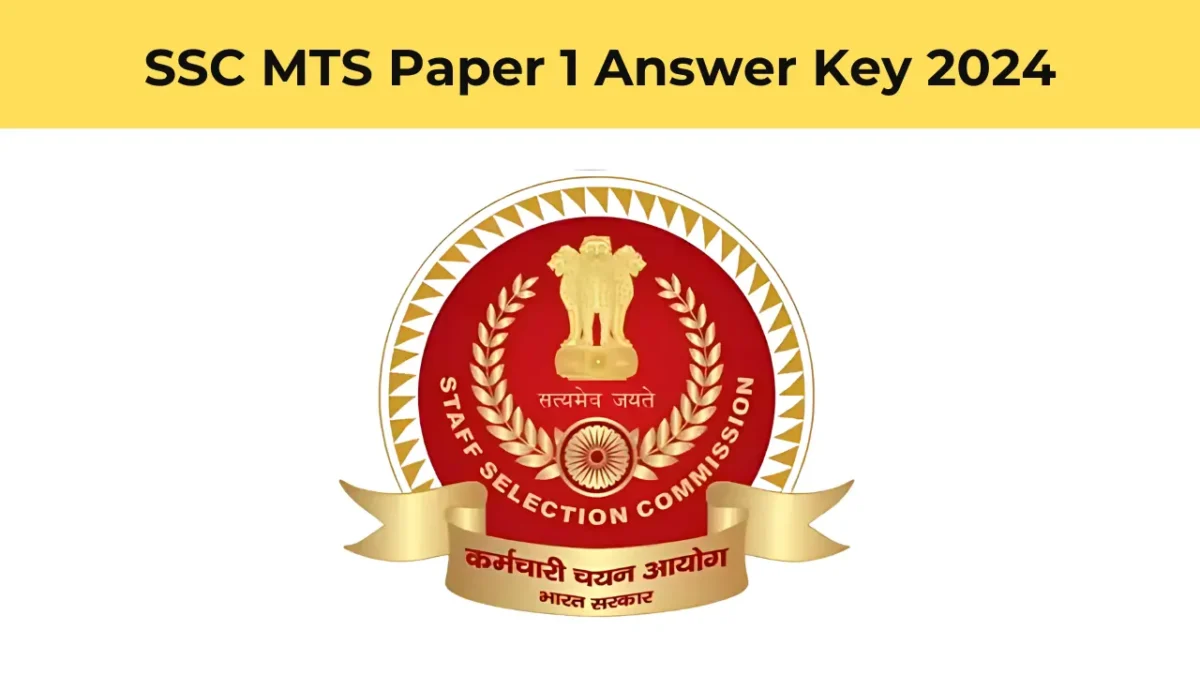The phrase “please find the attached file” is commonly used in emails to inform recipients about documents included with the message. This expression serves as a formal notification, letting the recipient know that they should look for a specific file. However, many people find this phrase outdated and prefer alternatives that sound more natural.
Using “please find the attached file” can sometimes come off as overly formal or even a bit stiff. In modern communication, especially in business contexts, clarity and brevity are key. Therefore, it is beneficial to explore alternatives that convey the same message without the formality.
Alternatives to “Please Find the Attached File”
Instead of using “please find the attached file,” consider these alternatives:
- “I’ve attached [file name].”
This is straightforward and makes it clear that the file is included. - “Here is [file name].”
A casual yet effective way to direct attention to the attachment. - “The attached document includes [brief description].”
This provides context about what the recipient can expect. - “Please see the attached [file name] for more details.”
This invites the recipient to review the attachment for specific information. - “You’ll find the attachment below.”
This is a simple way to point out that there is an attachment.
Using these alternatives can make your emails sound more conversational and less robotic.
Why Avoid “Please Find the Attached File”?
There are several reasons to reconsider using “please find the attached file”:
- Stiffness: The phrase can sound overly formal and impersonal. In many cases, a more casual tone is more effective.
- Redundancy: If the recipient sees an attachment, they already know it’s there. You don’t need to remind them.
- Clarity: Using simpler phrases can enhance understanding. Clear communication is essential in professional settings.
- Modern Communication: Language evolves. Phrases that were once standard may now feel outdated. Adapting to current trends in communication can improve your message’s reception.
Best Practices for Email Attachments
When sending attachments, following best practices can enhance clarity and professionalism:
- Name Your Files Clearly: Use descriptive file names that indicate the content. Avoid generic names like “Document1” or “Untitled.”
- Mention the Attachment: While “please find the attached file” might be outdated, mentioning the attachment is still important. Use one of the alternatives discussed.
- Attach Before Writing: To avoid the common mistake of forgetting to attach files, attach them first. This way, you won’t forget when drafting your message.
- Keep It Short: Be concise in your email. Long-winded explanations can dilute your message.
- Follow Up: If the attachment is crucial, consider following up to ensure the recipient received it and understood its contents.
While “please find the attached file” is a traditional phrase, it is often better to use more modern alternatives. Clear and direct communication fosters better understanding and engagement. By following best practices for email attachments, you can enhance your professionalism and improve your communication skills.
Consider the context of your message and choose the phrasing that best suits your audience. Adapting to contemporary language can make your emails more effective and relatable.
FAQs
What does “please find the attached file” mean?
It is a formal phrase used in emails to indicate that a file is included with the message for the recipient’s review.
Why should I avoid using “please find the attached file”?
The phrase can sound outdated and overly formal, making emails feel less personal and engaging.
What are some alternatives to “please find the attached file”?
Alternatives include phrases like “I’ve attached [file name]” or “Here is [file name]” for a more casual tone.
Is it necessary to mention attachments in emails?
Yes, mentioning attachments is important to ensure the recipient is aware of them, especially in professional communication.
Can I send an email with an attachment without any explanation?
Yes, if the sole purpose of the email is to send the attachment, you can simply attach it without additional explanation.
Discover more from Majhi Naukri | माझी नोकरी 2025
Subscribe to get the latest posts sent to your email.


